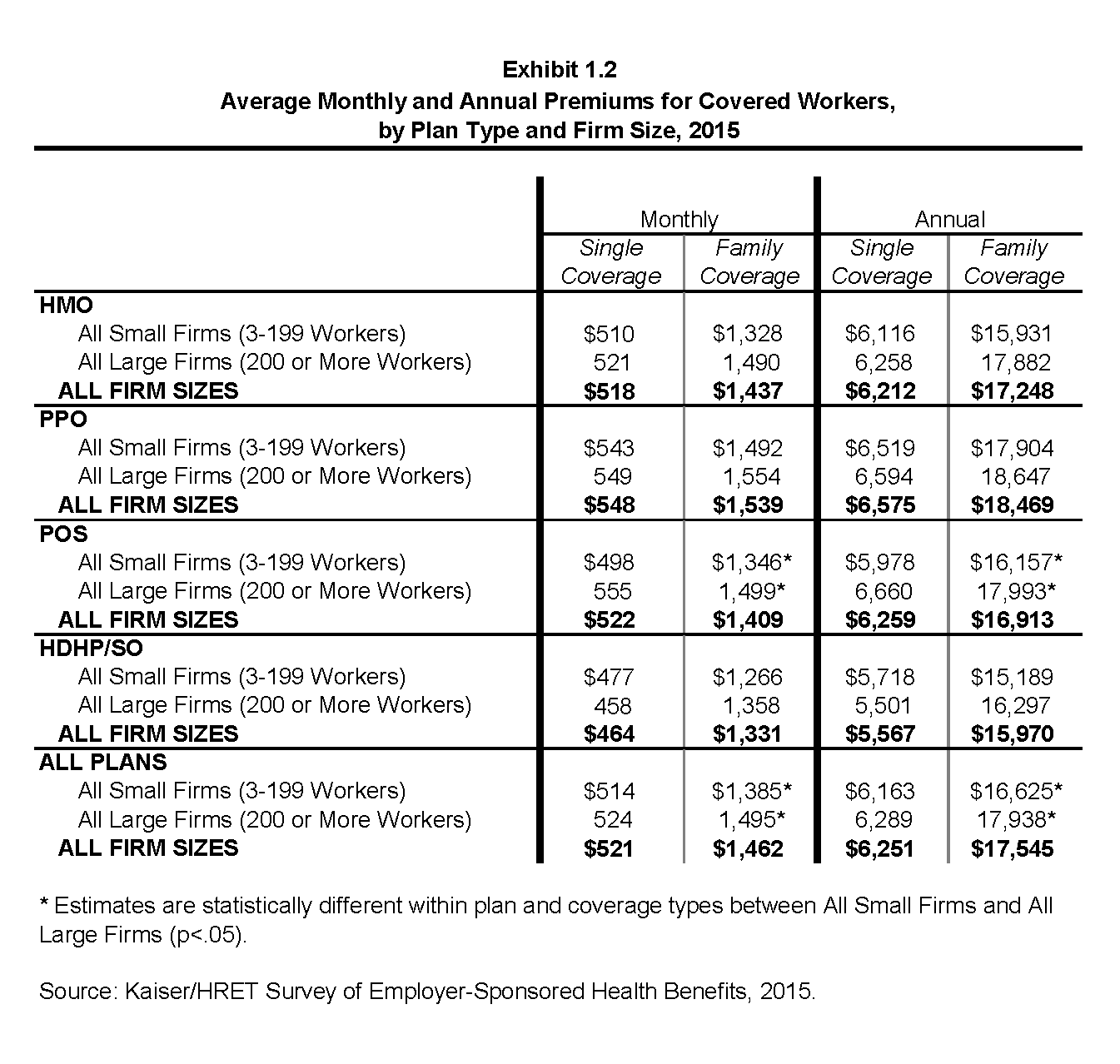However, a state must guarantee it supplies a smooth, streamlined registration procedure for families. Surpassing the abilities of the FFM in this area is a must-do for any state considering an SBM. Low-income individuals experience income volatility that can affect their eligibility for health protection and cause them to "churn" often between programs. States can use the higher flexibility and authority that includes operating an SBM to secure homeowners from coverage gaps and losses. At a minimum, in preparing for an SBM, a state not integrating with Medicaid ought to work with the state Medicaid agency to develop close coordination between programs.
If a state instead continues to transfer cases to the Medicaid agency for a decision, it must prevent making people offer extra, unnecessary information. For instance it can ensure that electronic files the SBM transfers consist of details such as eligibility factors that the SBM has currently validated and confirmation documents that applicants have submitted. State health programs need to ensure that their eligibility guidelines are lined up which different programs' notices are collaborated in the language they utilize and their directives to candidates, particularly for notices notifying people that they have actually been rejected or terminated in one program but are most likely eligible for another.
States must guarantee the SBM call center workers are adequately trained in Medicaid and CHIP and should establish "warm hand-offs" so that when callers must be transferred to another call center or company, they are sent out straight to somebody who can assist them. In basic, the state needs to offer a system that http://johnnywshh902.fotosdefrases.com/the-best-strategy-to-use-for-how-much-car-insurance-do-i-need appears seamless throughout programs, even if it does not Helpful site totally incorporate its SBM with Medicaid and CHIP. Although lowering costs is one factor states cite for switching to an SBM, cost savings are not guaranteed and, in any case, are not an enough reason to carry out an SBM shift.
It could likewise constrain the SBM's budget plan in methods that limit its capability to successfully serve state citizens. Clearly, SBMs forming now can run at a lower cost than those formed prior to 2014. The new SBMs can lease exchange platforms currently established by private suppliers, which is less costly than constructing their own technology infrastructures. These vendors use core exchange functions (the technology platform plus client service functions, including the call center) at a lower cost than the amount of user fees that a state's insurance companies pay to utilize the FFM. States hence see a chance to continue collecting the same amount of user charges while using some of those revenues for other functions.

As a starting point, it works to look at what a number of longstanding exchanges, including the FFM, invest per enrollee each year, along with what several of the brand-new SBMs prepare to invest. An evaluation of the spending plan documents for several "first-generation" SBMs, as well as the FFM, shows that it costs roughly $240 to $360 per market enrollee each year to run these exchanges. (See the Appendix (What is liability insurance).) While comparing various exchanges' spending on an apples-to-apples basis is impossible due to distinctions in the policy decisions they have made, the populations they serve, and the functions they carry out, this variety supplies a beneficial frame for examining the budget plans and policy choices of the second generation of SBMs.
Nevada, which simply transitioned to a complete state-based marketplace for the 2020 strategy year, expects to invest about $13 million each year (about $172 per exchange enrollee) once it reaches a constant state, compared to about $19 million per year if the state continued paying user costs to federal government as an SBM on the federal platform. (See textbox, "Nevada's Transition to an SBM.") State authorities in New Jersey, where insurance companies owed $50 million in user fees to the FFM in 2019, have stated they can utilize the exact same amount to serve their citizens better than the FFM has actually done and strategy to shift to an SBM for 2021.
State law requires the total user costs gathered for the SBM to be kept in a revolving trust that can be utilized only for start-up costs, exchange operations, outreach, enrollment, and "other means of supporting the exchange (What is life insurance). What is insurance." In Pennsylvania, which plans to launch a complete SBM in 2021, authorities have said it will cost as low as $30 million a year to operate far less than the $98 million the state's individual-market insurance providers are expected to pay toward the user fee in 2020. Pennsylvania plans to continue gathering the user charge at the same level however is proposing to use between $42 million and $66 million in 2021 to develop and fund a reinsurance program that will reduce unsubsidized premium costs beginning in 2021.

See This Report on What Is Ppo Insurance
It remains to be seen whether the lower costs of the brand-new SBMs will suffice to provide top quality services to customers or to make meaningful improvements compared to the FFM (What is gap insurance). Compared to the first-generation SBMs, the new meredith financial group SBMs typically take on a narrower set of IT changes and functions, rather concentrating on fundamental functions similar to what the FFM has actually accomplished. Nevada's Silver State Exchange is the very first "second-generation" exchange to be up and running as a complete SBM, having just completed its very first open enrollment period in December 2019. The state's experience up until now demonstrates that this transition is a considerable undertaking and can provide unforeseen obstacles.
The SBM satisfied its timeline and spending plan targets, and the call center worked well, responding to a large volume of calls prior to and during the enrollment duration and attending to 90 percent of issues in one call. Technical concerns emerged with the eligibility and enrollment procedure however were identified and dealt with quickly, she said. For example, early on, almost all customers were flagged for what is normally an uncommon data-matching problem: when the SBM sent their info digitally to the federal information services center (a system for state and federal firms to exchange details for administering the ACA), the system discovered they might have other health coverage and asked to publish files to solve the matter.
Repairing the coding and cleaning up the data fixed the problem, and the afflicted consumers got precise decisions. Another surprise Korbulic pointed out was that a substantial variety of people (about 21,000) were found disqualified for Medicaid and moved to the exchange. Some were freshly applying to Medicaid throughout open enrollment; others were previous Medicaid recipients who had actually been discovered ineligible through Medicaid's regular redetermination process. Nevada opted to replicate the FFM's process for dealing with individuals who seem Medicaid qualified specifically, to send their case to the state Medicaid company to complete the decision. While this decreased the complexity of the SBM shift, it can be a more fragmented procedure than having eligibility and registration processes that are incorporated with Medicaid and other health programs so that individuals who apply at the exchange and are Medicaid eligible can be directly enrolled.